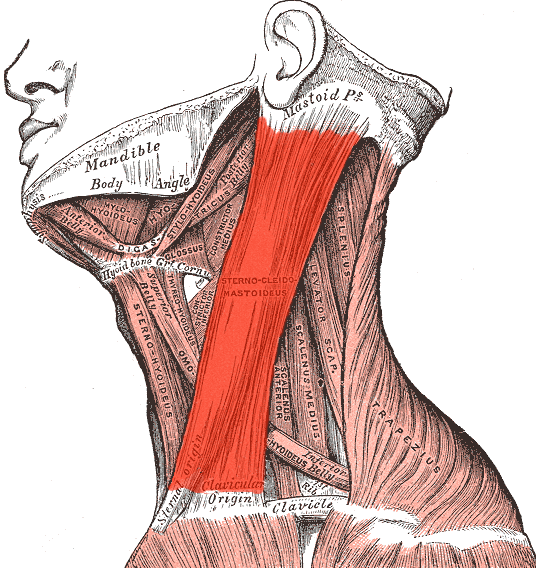(It is a long article though)
In case some of you use Facebook to keep up with what I'm up to, then chances are, you saw me mention that there are too many interesting things out there and I just can't get enough time to blog about them as life unfolds before me. The link above was one such article, posted by a friend. It's long but worth the read. If you haven't sunk your eyes into it, then click above and then we'll talk...
The title alone is catchy, in a disappointedly-haunted sort of way, but it's probably true. The fitness industry has clearly not worked. For the past 40 years of the existence in the USA of reasonably-mainstream health and fitness clubs, diet trends, the supplement business, and gym equipment in the population has become a baffling story of living longer in the most unhealthy manner possible. Sure, we can expect to live to 80 but things are getting to the point where our youth is considered finished off by the time we now hit 25 since we're so fat and sick all the time. The health and fitness industry as most of us know it has existed in this puzzling time period and done nothing to make people live long and healthy simultaneously.
So, something has to change. The questions are obviously what and how.
While this article was thought-provoking, and will probably end up inspiring at least two or three other blog entries of mine, like any good conversation material I don't think it was all quite right. While there is three-quarters of a century worth of information out there for us to reference about eating, exercising and being healthy it's not all correct. In fact, most of it is horribly wrong. Furthermore, the right information isn't in the hands of the people who could use it the most.
There are large swaths of the health and fitness industry that still believe in calorie counting as best way to maintain a healthy body weight. There are people who still think that cardio is the best form of exercising. You can still find medical professionals that will tell you squatting is bad for your knees. Others still hold onto an idea that was "proven" by feeding a rabbit (which is rarely used in any animal testing to simulate human beings) a high cholesterol diet even though said animal is strictly herbivorous. Women still buy the notion that weight training will make them bulky. The Shake weight saw the light of day as a legitimate fitness tool instead of as parody of infomercial exercise gear.
Furthermore, the people who ought to know this stuff...don't. Just like it's not hard to find people to give you bad information about exercising and eating, it's not any harder to find a health professional that doesn't have a clue about how to find complete health fitness. Too many doctors believe the bullshit I mentioned above. Or, how you can go to a hospital and be fed food as healthy as what you might find at Golden Corral. Lots of people who do know about eating right don't really know or care how to properly exercise. The exercise people often questionable diet advice and don't really care about being healthy. The unfortunate truth about the history of modern medicine and the modern health and fitness movement is that they've rarely played well, working contrary to one-another rather than together. Even those two factions have their sub-groups that bicker amongst each other.
The publication known as Physical Culture[Bernarr Macfadden's magazine]....is an outstanding example of the money that is to be made from catering to ignorance and furnishing a contact between the quack and his victims...
The student of journalism is always suspicious o a slogan of this type whether applied to magazine or newspapers, for he knows that usually those publications that boast that are prepared for people who think they are actually edited for morons.
American Medical Association Bulletin, 1923
I've regularly thought that part of my education was faulty since there wasn't, at least, one semester devoted to learning about the human body and how to take care of it properly. Then again, since information out there is so jumbled, incorrect and contradictory what good would it have done for me to take such a class anyway?
The fitness industry doesn't get results that people want see because they continue to pass around bad information on how to get to a stronger, healthier place. You don't get results when you have bogus facts to start out with. If this doesn't get cleaned up then they can look forward to a continued descent into a parody rather than a useful reason for people to spend their money. I agree with the article that getting the information right isn't enough but as far as I'm concerned, it's the first place to start.


_-_Bernarr_Macfadden_as_David_-_1905_ca1.jpg)



